Introduction
Surviving in the wilderness requires more than just luck—it demands knowledge, preparation, and the right skills. Whether you’re an avid hiker, a camper, or someone who loves outdoor adventures, mastering wilderness survival techniques can mean the difference between life and death in an emergency. In this guide, we’ll cover essential survival skills, practical hacks, and tips to help you stay safe and thrive in the wild.
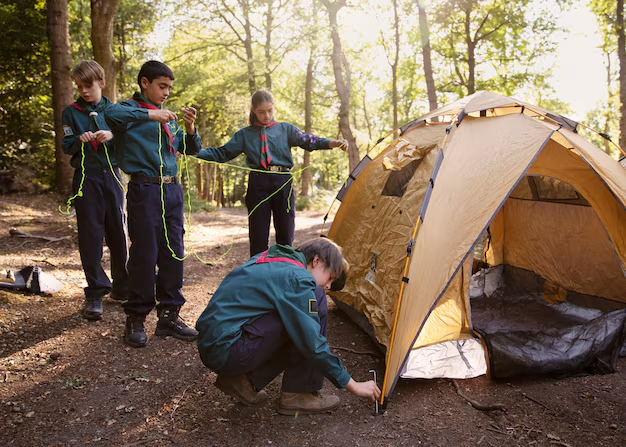
Essential Wilderness Survival Skills
1. Building a Shelter
Shelter is your first priority in a survival situation. It protects you from harsh weather, wildlife, and helps retain body heat.
- How to Build a Shelter:
- Look for natural shelters like caves, fallen trees, or rock overhangs.
- If no natural shelter is available, create a lean-to using branches, leaves, and a tarp or emergency blanket.
- Insulate the ground with leaves or pine needles to stay warm.
2. Finding and Purifying Water
Water is essential for survival, but finding a clean source can be challenging.
- How to Find Water:
- Look for streams, rivers, or rainwater.
- Collect dew or rainwater using a tarp or large leaves.
- How to Purify Water:
- Boil water for at least 1 minute to kill bacteria and parasites.
- Use water purification tablets or a portable water filter.
3. Starting a Fire
Fire provides warmth, light, and a way to cook food.
- How to Start a Fire:
- Gather dry tinder (leaves, bark, or grass), kindling (small sticks), and fuel wood (larger logs).
- Use a fire starter like matches, a lighter, or a ferro rod.
- Build a teepee or log cabin structure to allow airflow.
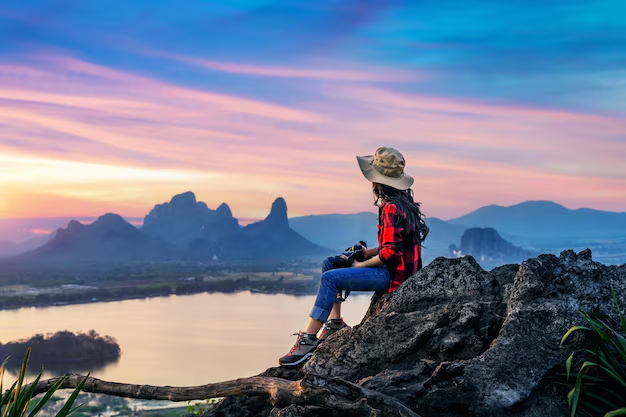
4. Finding Food
While you can survive weeks without food, knowing how to find it can boost your energy and morale.
- Edible Plants: Learn to identify safe plants like dandelions, cattails, and wild berries.
- Hunting and Trapping: Use simple traps or fishing techniques to catch small animals or fish.
- Insects: Many insects, like grasshoppers and ants, are high in protein and safe to eat.
5. Navigation Without a Compass
Getting lost in the wilderness is dangerous, but you can navigate using natural signs.
- Using the Sun: The sun rises in the east and sets in the west.
- Using the Stars: In the Northern Hemisphere, the North Star (Polaris) points north.
- Using Landmarks: Identify mountains, rivers, or other landmarks to orient yourself.
6. Basic First Aid
Injuries can happen in the wilderness, so knowing basic first aid is crucial.
- Treating Cuts and Wounds: Clean the wound with clean water, apply antiseptic, and cover it with a bandage.
- Splinting Fractures: Use sticks and cloth to immobilize a broken bone.
- Handling Hypothermia: Keep the person warm with dry clothing and a fire.
Practical Wilderness Survival Hacks
1. Use a Bandana for Multiple Purposes
A bandana can be used as a water filter, a sling, a bandage, or even a signal flag.
2. Create a Solar Still for Water
Dig a hole, place a container in the center, cover it with plastic, and place a small rock in the middle. Condensation will collect in the container.
3. Make a DIY Compass
Magnetize a needle by rubbing it against silk or your hair, then float it on a leaf in water. The needle will point north.
4. Use Pine Resin as Glue
Pine resin can be used to repair gear or start a fire.
5. Signal for Help
Use a mirror, whistle, or bright clothing to signal rescuers. Create large SOS signs on the ground using rocks or branches.
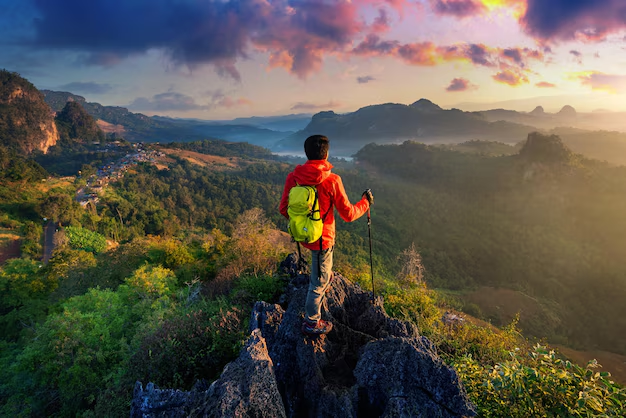
Tips for Wilderness Survival
- Stay Calm: Panic can cloud your judgment. Take deep breaths and assess your situation.
- Prioritize Needs: Focus on shelter, water, fire, and food in that order.
- Conserve Energy: Avoid unnecessary movements and stay hydrated.
- Stay Visible: Use bright clothing or reflective materials to make yourself easier to spot.
- Plan Ahead: Always inform someone of your plans and carry a survival kit.
Essential Items for a Wilderness Survival Kit
- Knife or Multi-tool
- Fire Starter (matches, lighter, or ferro rod)
- Water Purification Tablets or Filter
- Emergency Blanket
- First Aid Kit
- Compass and Map
- Paracord or Rope
- Flashlight and Extra Batteries
- Whistle
- High-Calorie Snacks
Conclusion
Mastering wilderness survival techniques is essential for anyone who spends time outdoors. By learning how to build a shelter, find water, start a fire, and navigate without a compass, you can increase your chances of survival in an emergency. Remember, preparation and knowledge are your best tools in the wild.
- Build a shelter to protect yourself from the elements.
- Find and purify water to stay hydrated.
- Start a fire for warmth, light, and cooking.
- Learn to identify edible plants and hunt for food.
- Navigate using natural signs like the sun and stars.
- Carry a well-stocked survival kit at all times.
- Stay calm and prioritize your needs in a survival situation.
FAQs
1. What’s the most important survival skill?
Building a shelter is often the top priority, as it protects you from harsh weather and helps retain body heat.
2. How can I find water in the wilderness?
Look for natural sources like streams, rivers, or rainwater. You can also collect dew or create a solar still.
3. What should I include in a survival kit?
A knife, fire starter, water purification tablets, emergency blanket, first aid kit, and compass are essential items.
4. How do I start a fire without matches?
Use a ferro rod, magnifying glass, or friction-based methods like a bow drill.
5. How can I signal for help in the wilderness?
Use a whistle, mirror, or create large SOS signs on the ground using rocks or branches.
By mastering these wilderness survival techniques and hacks, you’ll be better prepared to handle emergencies and stay safe in the wild. Whether you’re planning a weekend hike or a long expedition, these skills are invaluable for any outdoor enthusiast.

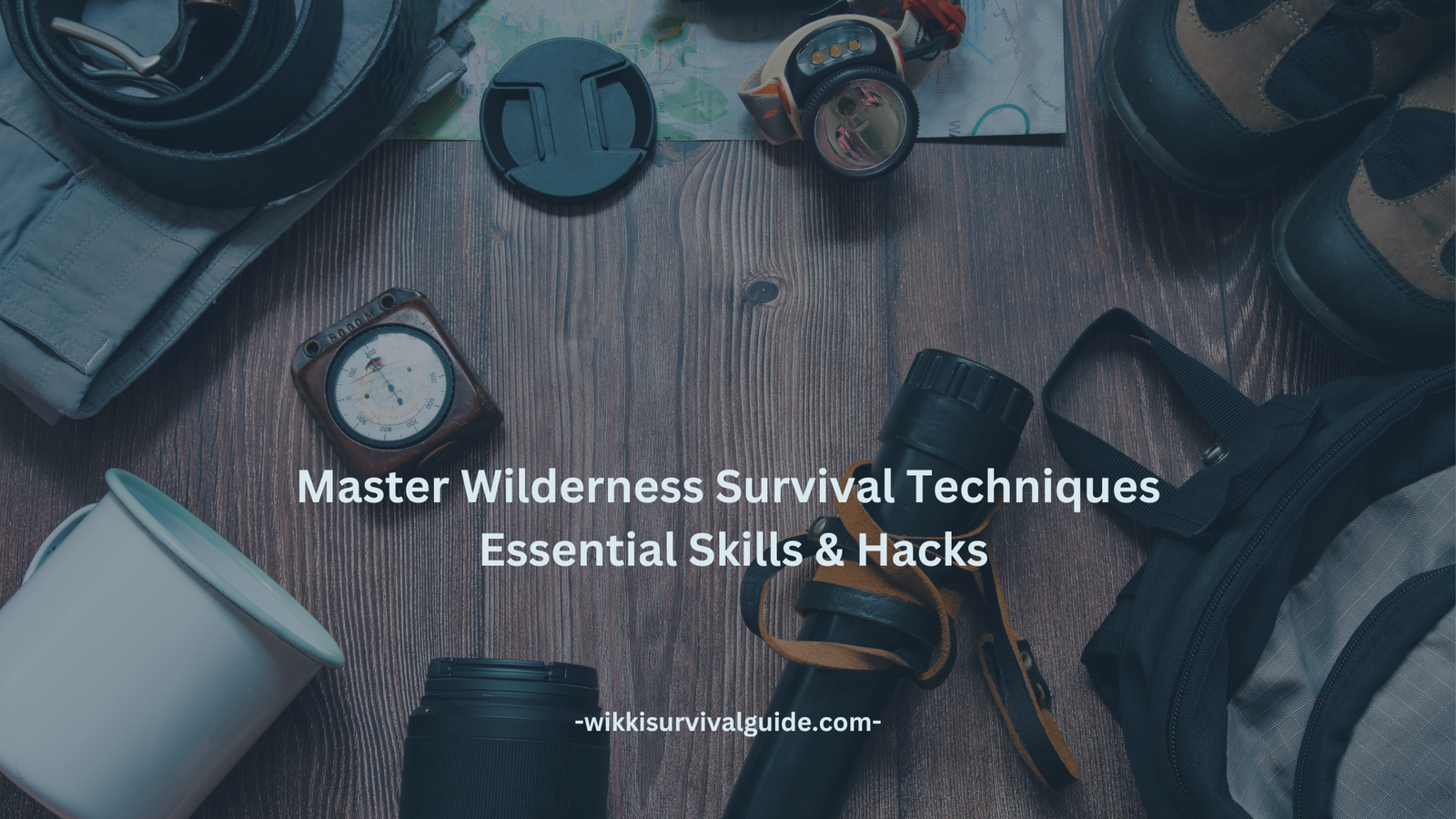
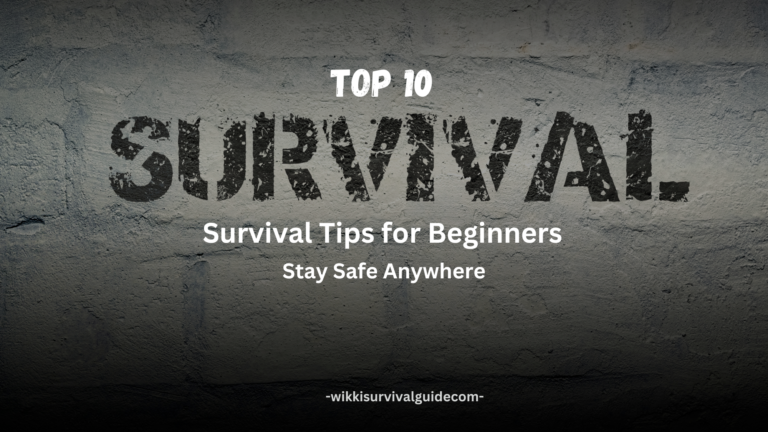
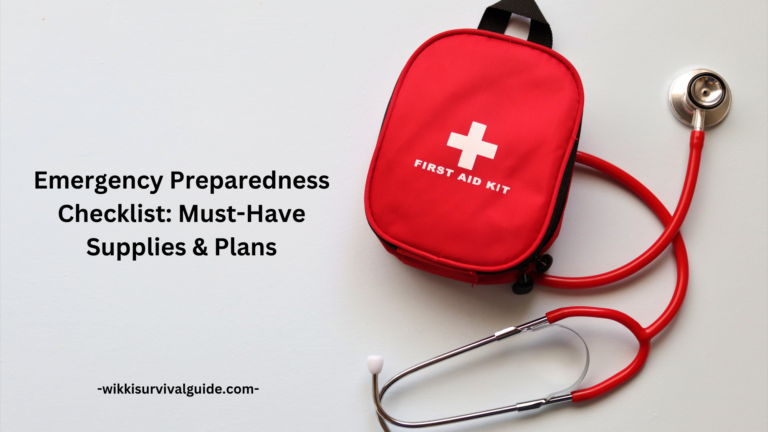
Leave a Comment